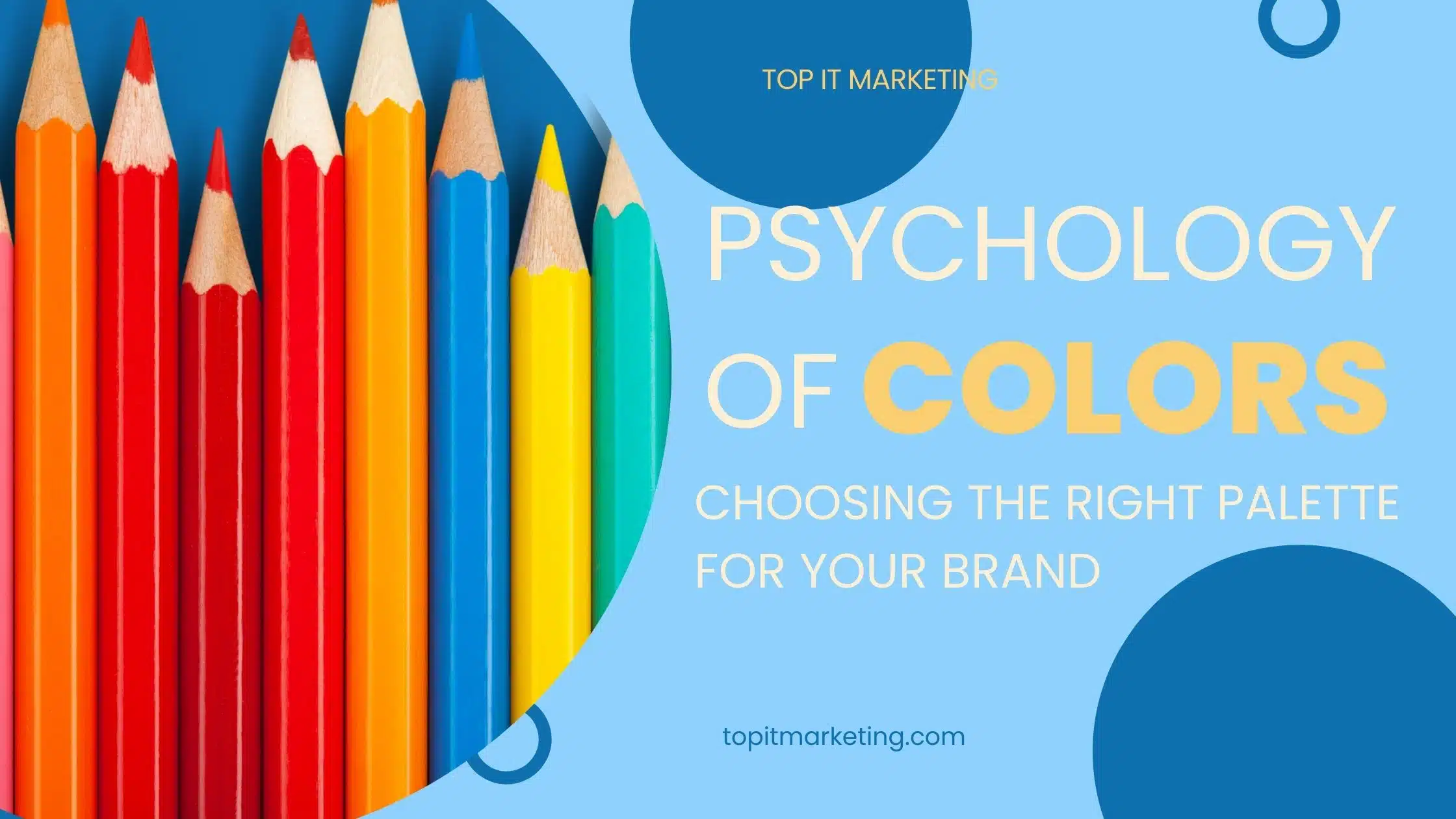Branding is an integral part of any business strategy, especially in a competitive market like Los Angeles. The colors you choose for your brand can have a powerful psychological impact on how consumers perceive your company. This guide will walk you through the psychology behind colors and help you select the right palette to achieve your Los Angeles branding goals.
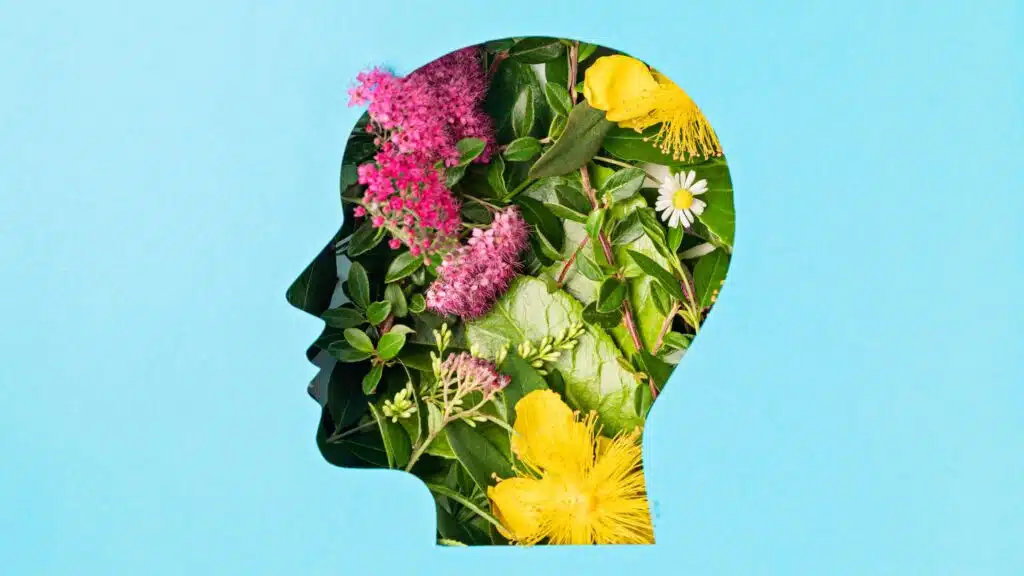
Introduction to Color Psychology
Before delving into specific colors, it’s important to understand some basics about color psychology. Different colors have innate psychological associations that designers can strategically leverage to evoke intended responses, guide users, and enhance aesthetics. When you always use the same colors in your branding, you form a strong connection between those colors and your brand identity.
Some key principles of color psychology that impact branding:
- Warm colors like red, orange, and yellow grab attention and evoke feelings of energy and excitement. Cool colors like blue, purple, and green are calming and intellectual.
- Bright vivid versions of colors are energetic and youthful, while muted shades are traditional and conservative.
- Context matters. A color that represents one thing on its own may represent something very different when paired with other colors.
With these basics in mind, let’s look at some specific colors that could be a goodfit for branding companies in Los Angeles.
Choosing Brand Colors for LA Businesses
Los Angeles evokes images of glitz and glamour, creativity, and innovation. Your brand colors should connect to that LA vibe. Here are some top color choice considerations with psychology insights.
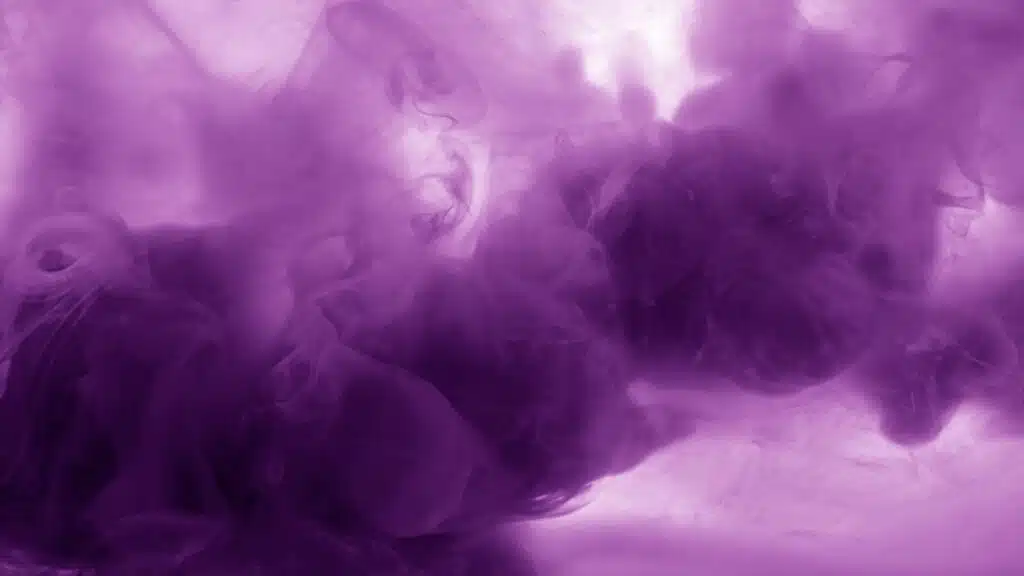
Purple – Symbol of Creativity and Luxury
The associations between the color purple and concepts like luxury, creativity, and magic represent common symbolic meanings in Western cultures. Using different shades of purple could help an LA business brand itself as innovative, high-quality, and imaginative. Darker eggplant purple feels richer, while pale lavender is more peaceful and nostalgic. Vibrant purple pops and feels energetic. Consider monochromatic purple branding for an LA spa, art gallery, jewelry brand, or tech startup seeking to appear smart and luxurious.
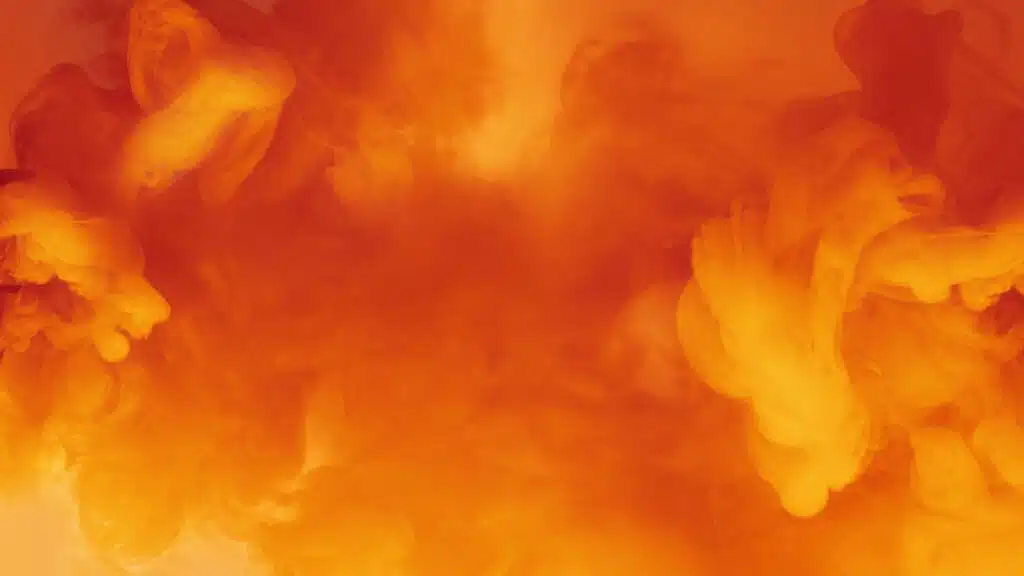
Orange – Bright, Energetic, and Upbeat
Bold orange is a perfect color for LA brands wanting to project an image that’s friendly, energetic, cheerful. It catches the eye well when used prominently in logos, website headers, packaging, and advertisements. Brands with an orange color scheme appeal to the young LA demographic. Consider orange with cool gray or white to offset and soften the brightness. Orange works for restaurants, fitness studios, or youthful fashion companies.

Pink – Playful, Creative, and People-Oriented
In branding, pink signifies playfulness, warmth, and people-orientation. Different shades have some different meanings—a soft dusky pink feels gentle and romantic, while fluorescent hot pink is fun and funky. Pink branding appeals to the female LA demographic. Consider light pink alongside neutrals like white, cream, or gray. Use pink for women’s interest businesses like beauty, fashion, florists, bakeries, or lifestyle bloggers building a personal connection with fans.
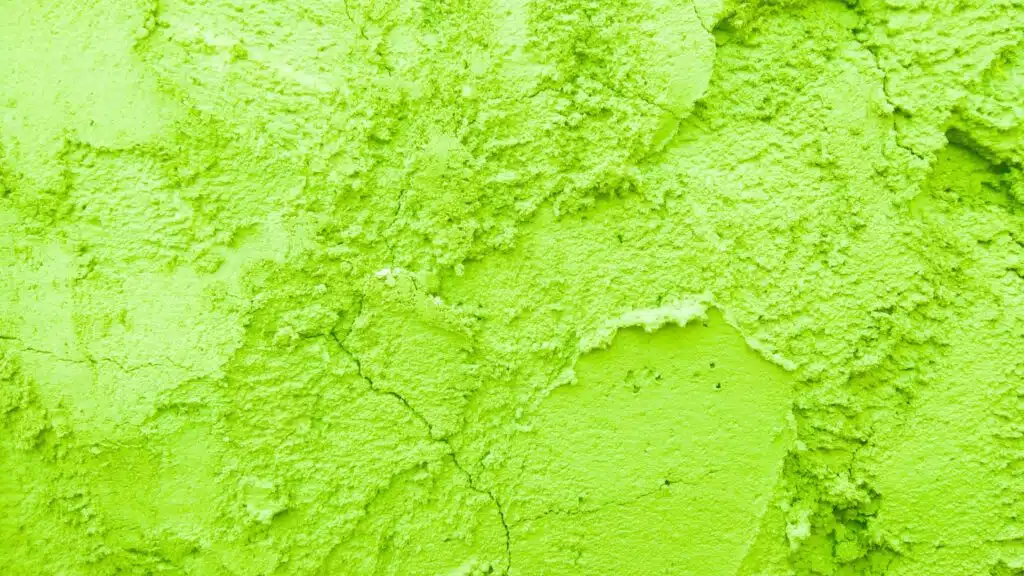
Green – Balance, Harmony, Natural Beauty
Green is strongly associated with natural beauty and the environment. LA has incredible natural landscapes just outside the city, which green branding can connect to. Green logos and color schemes project an image of health, tranquility, balance, and renewal. Use shades like forest green, sage green or muted olive green alongside neutrals. Green works beautifully for LA wellness centers, salons, gardening companies, or eco-friendly products.

Blue – Professionalism, Trust, Serenity
While many other colors spark energy and excitement, blue promotes a sense of calm professionalism, intelligence, and stability. Dark navy blue reads as traditional and authoritative, while bright sky blue feels more refreshing and friendly. Consider blue alongside white or gray for a classic, credible combo suitable for professional services firms like finance, law, tech, and administration. Blue also works for LA travel companies evoking images of the tranquil, beautiful Pacific Ocean.
Final Tips for Choosing Your Palette
Choosing colors for your Los Angeles branding is an impactful decision. While individual colors offer guidance, combinations produce more complex meanings. Harmony matters, so select tones that coordinate nicely together on the color wheel for balance. You can even use online branding tools that suggest customized color palettes based on emotions you want to evoke. Remember to view your colors across potential applications like print and digital to ensure legibility, pop, and integrity across uses.
The psychology of color is complex but powerful. Match your brand personality to resonant colors and make a strong visual impact on your Los Angeles target audience. If you need help finalizing your branding strategy, check out branding companies in Los Angeles like TopIt Marketing. Our experts can help you determine the ideal color palette to achieve your business goals. Contact us today through our website https://topitmarketing.com/ to start elevating your brand with strategic colors.
Frequently Asked Questions
Frequently Asked Questions on “The Psychology of Color: Choosing the Right Palette for Your Brand”
- What is the psychology of color?
The psychology of color explores how different colors can affect human emotions, behavior, and perception. It delves into how color choices can influence consumer decisions, brand perception, and overall brand messaging. - Why is choosing the right color palette important for a brand?
The colors you choose for your brand can have a significant impact on how your audience perceives your brand, product, or service. Colors can evoke specific emotions, create associations, and communicate messages about your brand’s personality and values. Choosing the right color palette can help you establish a strong brand identity and connect with your target audience effectively. - How do different colors affect emotions and perceptions?
Different colors can evoke a wide range of emotions and perceptions. For example, warm colors like red, orange, and yellow can create feelings of excitement, energy, and warmth, while cool colors like blue and green can evoke feelings of calmness, trust, and tranquility. Additionally, cultural and individual experiences can influence how people perceive colors, so it’s essential to consider your target audience’s demographics and cultural backgrounds when choosing a color palette. - Are there universal meanings associated with specific colors?
While certain colors may have universal associations (e.g., red with passion or danger, blue with trust or tranquility), the meanings of colors can vary depending on cultural, personal, and contextual factors. It’s crucial to consider the broader cultural context and your specific target audience’s preferences and associations when selecting colors for your brand. - How can I choose the right color palette for my brand?
When choosing a color palette for your brand, consider factors such as your brand’s personality, target audience, industry, and desired emotional response. Conduct research on color psychology and analyze competitors’ color choices to identify opportunities for differentiation. Test different color combinations and gather feedback from your target audience to ensure your chosen palette resonates with them. - Can I use multiple colors in my brand’s palette?
Yes, using multiple colors in your brand’s palette can add depth and versatility to your visual identity. However, it’s essential to maintain consistency and cohesion across all brand assets to avoid diluting your brand’s message. Select a primary color or colors that represent your brand’s essence and complement them with secondary and accent colors that enhance your brand’s visual appeal. - How often should I revisit my brand’s color palette?
Revisiting your brand’s color palette periodically can help ensure it remains relevant and resonates with your target audience. Factors such as changes in industry trends, shifts in consumer preferences, or updates to your brand’s positioning may necessitate adjustments to your color palette. Aim to conduct regular audits of your brand’s visual identity and make updates as needed to maintain consistency and effectiveness. - Are there tools or resources available to help me choose a color palette for my brand?
Yes, several online tools and resources can assist you in selecting a color palette for your brand. These include color psychology guides, color palette generators, and design inspiration websites. Additionally, consulting with a professional graphic designer or branding agency can provide valuable insights and expertise in creating a visually impactful color palette for your brand.
Remember, while the psychology of color offers valuable insights into consumer behavior and brand perception, ultimately, the effectiveness of your brand’s color palette depends on how well it aligns with your brand’s identity and resonates with your target audience.
Frequently Asked Questions
What is the psychology of color?
The psychology of color explores how different colors can affect human emotions, behavior, and perception. It delves into how color choices can influence consumer decisions, brand perception, and overall brand messaging.
Why is choosing the right color palette important for a brand?
The colors you choose for your brand can have a significant impact on how your audience perceives your brand, product, or service. Colors can evoke specific emotions, create associations, and communicate messages about your brand’s personality and values. Choosing the right color palette can help you establish a strong brand identity and connect with your target audience effectively.
How do different colors affect emotions and perceptions?
Different colors can evoke a wide range of emotions and perceptions. For example, warm colors like red, orange, and yellow can create feelings of excitement, energy, and warmth, while cool colors like blue and green can evoke feelings of calmness, trust, and tranquility. Additionally, cultural and individual experiences can influence how people perceive colors, so it’s essential to consider your target audience’s demographics and cultural backgrounds when choosing a color palette.
